Hunting a deer is a fun experience, but field dressing of a deer is an essential part of the process of making safe and good eating venison. Readers who are concerned about what to do after harvesting a deer, like tracking a wounded deer, timely gutting, or disease risk will find guidance in this guide.
In this blog, we’ll discuss field dressing in detail, like which equipment you need, how to minimize gamey flavor, and how to get the maximum amount of animal out of one animal. Find out how your deer should be processed ethically and efficiently for a rewarding hunting experience.
How Long Should You Wait To Bloodtrail a Deer?
Generally, if you’re unsure you hit a deer, then wait 30 minutes to an hour before tracking. When you shoot and the deer runs or stands still, this shows that you’re telling the deer you hit the deer, so observe its reaction after your shot. Search at the shot site for something like blood, hair, or disturbed ground.
In every case, but particularly in accurate hits to the chest, the blood usually comes out bright red and can suggest a lung hit, and in an inaccurate hit to the liver, the blood is dark and does itself suggest a liver shot. If you don’t see a sign at first, quietly examine the area for trails, broken tree limbs, or hoofprints.
When moving to check on the wounded deer, then move cautiously and quietly so you won’t spook the deer. If suspected gut shot, then wait at least 6-8 hours before tracking.
Mark the last known location, and if blood can be followed with flagging tape. If the trail fades cover a broader area in a circle. Don’t start pushing the deer too soon, as the deer can travel farther and is harder to recover.
How Far Can a Deer Run After Being Shot?
A deer shot in the heart can run 50 to 100 yards after collapsing. A fatal heart shot may cause it to sprint a short distance, even with adrenaline if it.
Look for a fast frantic run or a strange stumble before it goes down. Give it a bit and approach slowly to be sure it’s expired first and don’t scare it.
Should You Ever Take a Headshot On a Deer?
Taking a headshot on a deer is generally not recommended. While it might seem like a quick kill, the head is a small, constantly moving target, increasing the risk of a miss or a non-lethal injury
A poorly placed headshot can cause severe suffering, like broken jaws or other injuries, without ensuring a humane kill. Ethical hunters aim for the vitals in the chest for a higher chance of a clean, humane kill.
Do You Have To Field Dress a Deer Immediately?
You should gut a deer as soon as possible after the kill, ideally within an hour or two, to prevent spoilage and ensure the meat stays fresh.
In cooler temperatures (below 40°F), you can wait a bit longer, but warmer conditions accelerate decomposition and increase the risk of meat spoiling. Immediate field dressing helps cool the carcass, remove bacteria, and preserve the quality of the meat. Prompt action is key for a successful harvest.
Is Hanging Deer a Necessary Step After Harvest?
After harvesting a deer, hanging it is not strictly necessary, but it’s highly recommended for improving meat quality.
Hanging allows the meat to cool and the muscles to relax, which tenderizes it. Aging the deer for 3–7 days in temperatures between 34–40°F enhances flavor and texture by breaking down connective tissue.
If you lack a cool space or the right conditions, you can butcher it immediately, but the meat may be less tender compared to aged venison.
How Long Is Deer Meat Good If It’s Not Gutted?
Deer meat spoils quickly if not gutted, especially in warm temperatures. In hot weather, the meat can start to go bad within an hour. In cooler conditions below 40°F, you may have a few hours.
Gutting as soon as possible is essential to prevent bacteria growth and spoilage. Delaying the process risks contaminating the meat, making it unsafe to eat.
How Many Pounds Of Meat Can You Get From a Deer?
The amount of meat from a deer depends on its size and species. On average, a field-dressed deer yields 40–60% of its weight in meat.
A typical adult white-tailed deer can provide 50–80 pounds of meat, while larger deer like mule deer may yield 100 pounds or more.
Factors like shot placement and proper butchering also affect how much usable meat you get.
How To Test The Deer Meat For Disease?
To test deer meat for disease, it’s essential to follow a few key steps to ensure safety and health. First, check with your local wildlife agency for available testing services, especially in regions where Chronic Wasting Disease (CWD) is a concern.
Many agencies offer testing kits or instructions on how to properly collect samples for analysis. When submitting the deer for testing, focus on the lymph nodes or the head, as these areas are crucial for detecting diseases.
In addition to lab testing, be vigilant for visible signs of disease, such as discolored meat, abscesses, or unusual odors.
Furthermore, avoid consuming meat from any deer that shows abnormal behavior prior to harvesting, such as lack of coordination or excessive drooling, as these could be signs of serious diseases.
If the meat fails testing or shows any concerning signs, it’s best to discard it to protect your health and the health of others. Always prioritize safety and consult with professionals if you have any doubts about the meat you plan to consume.
What Part Of Deer Meat Is The Best?
The backstrap (loin) is considered the best part of a deer, prized for its tenderness and rich flavor. Found along the spine, it’s ideal for steaks and grilling.
The tenderloins, located inside the body cavity, are also highly sought after for their melt-in-your-mouth texture. Other great cuts include the hindquarters for roasts and the shoulders for slow-cooked dishes.
What To Do With The Leftovers After Butchering a Deer?
After butchering a deer, you can make use of the leftover parts in various ways, ensuring minimal waste and environmental responsibility. Here’s what you can do:
Uses for Leftover Deer Parts
- Bones: You can make bone broth for soups or stews; use bones for dog treats if properly processed or craft handles for knives or decorative items.
- Organs: Cook edible organs like the liver or heart, which are nutrient-rich. And use other organs as bait for hunting or fishing.
- Hide: Preserve the hide for making leather, rugs, or wall decor. Also, you can donate it to organizations like Hunters for the Hungry, which use hides to fund charitable causes.
- Antlers: Turn antlers into decorative items, such as chandeliers or coat racks. Use them for crafting tools or dog chews.
- Scraps and Fat: Render deer fat (tallow) for cooking, soap-making, or waterproofing gear. Additionally, you can compose non-edible scraps or use them as bait.
Do You Leave Deer Guts In the Woods?
Yes, leaving deer guts in the woods is a common and acceptable practice, as long as it adheres to local regulations.
Deer guts decompose naturally and provide nutrients to the ecosystem. Scavengers like coyotes, foxes, and birds benefit from the remains.
Place the guts away from trails, water sources, and campsites to avoid attracting predators or creating a mess for others. Ensure you’re not in areas where leaving remains is prohibited.
If the deer show signs of illness, dispose of the guts properly by burying them or following local wildlife authority guidelines to prevent disease from spreading.
Should You Soak Deer Meat In Ice Water?
Soaking deer meat in ice water is a debated practice. While it can help cool the meat quickly after a hunt, prolonged soaking can cause the meat to absorb water, diluting its natural flavor and nutrients.
A better method is to hang and dry-age the meat in a cool, controlled environment, allowing blood to drain naturally.
If you must soak, limit the time to a few hours, then thoroughly dry the meat. Proper handling ensures tender, flavorful venison for cooking.
How Do You Get Gamey Taste Out Of Deer Meat?
To reduce the gamey taste of deer meat, proper preparation and cooking techniques are essential. Start by removing as much fat, silver skin, and connective tissue as possible, as these parts often carry the strong, gamey flavor.
Soaking the meat in a marinade can help; popular choices include buttermilk, vinegar, milk, or a mixture of water and salt. These liquids help draw out blood and soften the flavor.
For marinating, use ingredients like garlic, herbs, citrus, or spices to infuse a more palatable taste. Cooking methods also matter—slow-cooking, braising, or grilling with flavorful seasonings can mask the gamey undertones. Pairing the meat with bold accompaniments, such as red wine sauce or roasted vegetables, enhances its taste.
Properly field-dressing and storing the deer soon after the hunt also reduces the gamey flavor, as fresh, well-cared-for meat is less likely to develop strong or off-putting tastes.
What Equipment Do You Need To Skin a Deer?
Skinning a deer requires the right equipment to ensure efficiency and safety. Here’s a list of essential tools and their purposes.
- Sharp Knife: A high-quality, razor-sharp hunting or skinning knife is essential for precise cuts. Consider one with a gut hook for opening the hide cleanly.
- Knife Sharpener: Keeping your knife sharp during the process is crucial for smooth cutting.
- Gambrel and Hoist: A gambrel supports the deer, while a hoist lifts and secures it off the ground, providing better access and cleanliness.
- Gloves: Durable, disposable gloves protect your hands from contaminants and improve grip. Learn more about: How to Protect Yourself When Dressing Game?
- Bone Saw: Useful for cutting through bones if needed during the skinning process.
- Tarp or Plastic Sheeting: Place this under the work area to catch debris and maintain cleanliness.
- Bucket or Cooler: Store edible parts like organs immediately to keep them fresh.
- Pliers: Helpful for gripping and pulling stubborn sections of the hide.
- Rope or Paracord: Use it to secure the deer to a tree or hoist system.
How To Carry a Deer To Your Car?
Carrying a deer on your back to your car requires proper technique and preparation to ensure safety and minimize injury. Here’s a step-by-step guide:
- Prepare Your Gear: Ensure you have a sturdy backpack or frame pack designed for hauling heavy loads. A meat hauler, gambrel, or harness can be useful for extra support.
- Field Dress the Deer: Before attempting to carry the deer, field dress it to reduce weight. Remove the internal organs and any excess blood to make the load more manageable.
- Position the Deer: Lay the deer on its back and remove the legs, if necessary, to make it easier to load. You can either drag it closer to your pack or lift it carefully using a lifting strap.
- Use a Frame Pack: If using a frame pack, carefully position the deer so its body rests securely on the frame. Ensure the head and legs are oriented properly to prevent them from swinging or getting caught.
- Secure the Deer: Use ropes or straps to securely fasten the deer to the pack. Tighten them evenly to distribute the weight.
- Lift and Adjust: Carefully lift the pack onto your shoulders. Adjust the straps to ensure the weight is evenly distributed. Keep your back straight, and use your legs to lift, avoiding straining your back.
- Move Slowly: Take your time and move slowly to prevent injury. Make stops if necessary to readjust the load.
Conclusion
In the end, we come to know what to do after harvesting a deer to ensure safe, high-quality venison and a respectful kill. By following these guidelines, hunters can maximize their yield, minimize spoilage, and enjoy the fruits of their labor.
You should not forget to prioritize safety, practice ethical hunting techniques, and respect the animal. With careful preparation and proper handling, you can turn your successful hunt into a delicious and rewarding culinary experience.
More related posts:


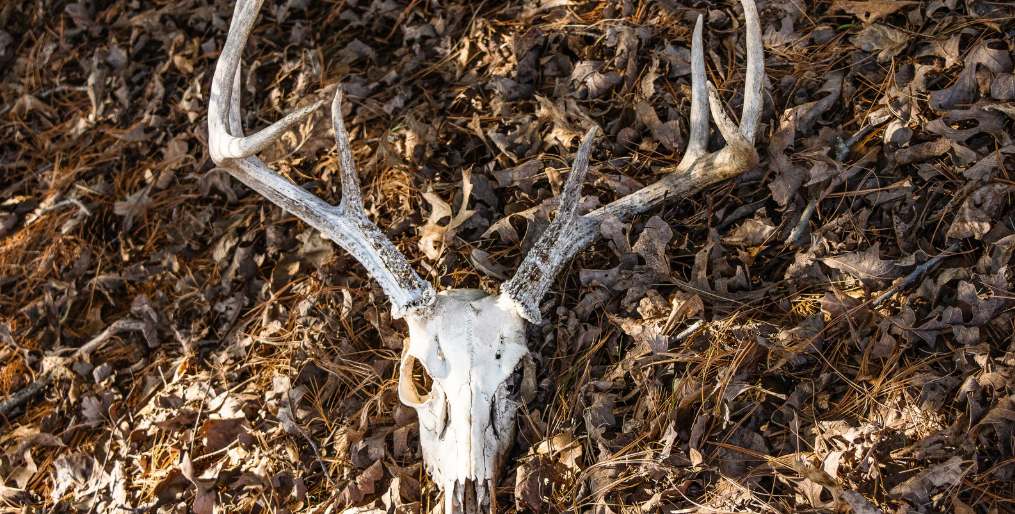
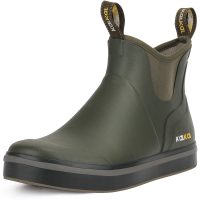
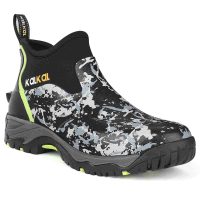

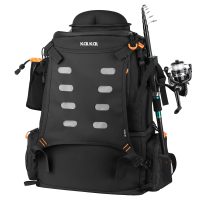


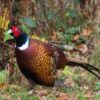
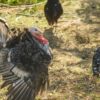

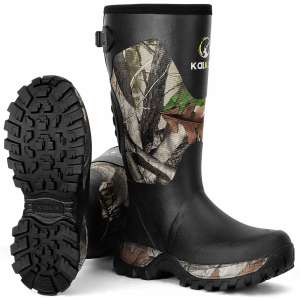
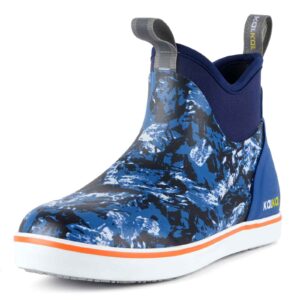
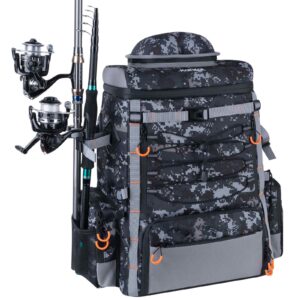
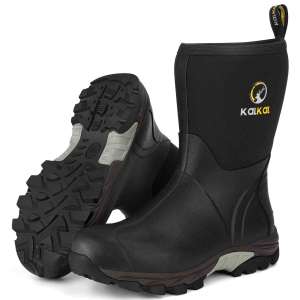



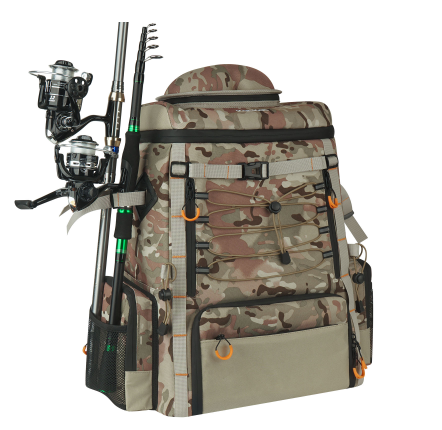
Leave a reply